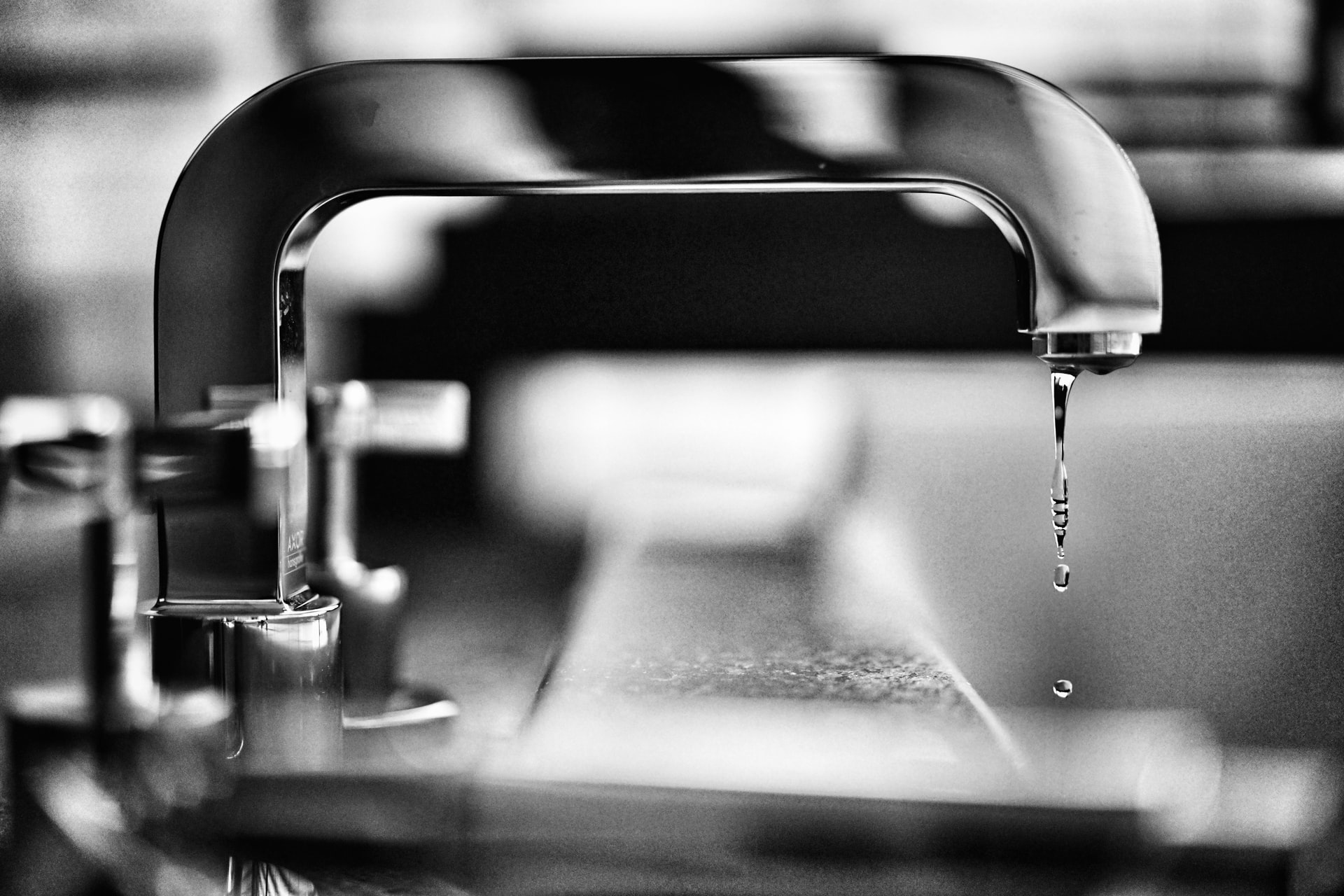Listed here underneath you will find a bunch of first-rate points when it comes to Eco-Friendly Plumbing Practices for a Greener Home.

Intro
In today's world, sustainable living is becoming increasingly important. One location where home owners can make a substantial effect is through eco-friendly plumbing options. By taking on ecologically aware techniques, homes can decrease their water and power intake while adding to a much healthier world.
Greywater Systems
Greywater refers to delicately utilized water from sources such as showers, sinks, and cleaning machines. As opposed to letting this water go to waste, greywater systems recycle it for non-potable usages such as landscape watering and toilet flushing. By applying a greywater system, property owners can preserve fresh water sources and reduce stress on local wastewater therapy centers.
Rain Harvesting
Rainwater harvesting involves gathering and keeping rainwater for different functions, consisting of watering, bathroom flushing, and washing. Rain harvesting systems normally consist of a collection surface area (such as a roof covering), gutters, downspouts, and storage tanks. By collecting rain, house owners can reduce their reliance on metropolitan water resources and conserve fresh water sources.
Solar Water Heaters
Standard hot water heater rely on fossil fuels or power to warmth water, contributing to carbon emissions and power consumption. On the other hand, solar water heaters make use of sunlight to warm water, offering an eco-friendly and environmentally friendly option. By harnessing solar power, homeowners can reduce their power bills and decrease their carbon impact.
Green Pipe Materials
Standard plumbing materials such as copper and PVC can have negative environmental influences during production and disposal. Nonetheless, there are lasting alternatives offered, such as recycled steel, cross-linked polyethylene (PEX), and high-density polyethylene (HDPE). These green pipe materials use durability, longevity, and lowered ecological influence.
Water-Efficient Components
Traditional components frequently drainage unnecessarily. Nevertheless, modern-day low-flow toilets, taps, and showerheads are developed to decrease water usage without compromising performance. These fixtures can substantially reduce house water consumption, resulting in lower water costs and a reduced environmental impact.
Energy-Efficient Devices
Along with water-efficient fixtures, energy-efficient home appliances can even more minimize a household's environmental footprint. High-efficiency cleaning devices and dishwashing machines make use of less water and energy per cycle, aiding to conserve resources and lower energy costs. When purchasing home appliances, look for power CELEBRITY ® certified designs for maximum effectiveness.
Smart Water Administration Solution
Advancements in technology have made it simpler than ever to keep track of and enhance water usage in the home. Smart water management systems use sensing units and information analytics to track water usage in real-time, recognize leaks, and offer insights for conservation. By applying wise water management solutions, home owners can decrease waste and maximize effectiveness.
Health Perks
In addition to ecological advantages, environment-friendly plumbing can likewise contribute to improved interior air top quality and wellness. By utilizing non-toxic products and minimizing chemical exposure, home owners can produce a much healthier living environment on their own and their family members.
Government Motivations
Numerous governments use financial rewards to motivate house owners to take on green plumbing practices. These motivations may consist of rebates, tax credit histories, and low-interest lendings for energy-efficient upgrades. By making use of these programs, homeowners can make eco-friendly improvements more budget friendly and easily accessible.
Expense Considerations
While green pipes choices may have greater ahead of time costs than conventional options, they frequently supply lasting cost savings via decreased water and energy bills. In addition, several federal governments supply rewards such as refunds and tax credit scores for environment-friendly upgrades, aiding to balance out initial expenses.
Installment and Maintenance
Proper installation and routine maintenance are crucial for guaranteeing the efficiency and durability of environment-friendly plumbing systems. It is very important to work with competent professionals to set up and service these systems to avoid concerns and optimize performance. Routine upkeep jobs such as looking for leaks and cleaning filters can also help prevent troubles and optimize performance.
Environmental Advantages
The environmental benefits of environmentally friendly pipes are substantial. By preserving water and power, homeowners can reduce their carbon footprint and minimize their impact on natural resources. In addition, green pipes methods can aid safeguard communities and preserve biodiversity for future generations.
Verdict
Finally, environment-friendly plumbing options use numerous benefits for home owners and the atmosphere alike. By purchasing water-efficient components, greywater systems, rainwater harvesting, solar hot water heater, eco-friendly pipeline products, energy-efficient devices, wise water management systems, and various other lasting solutions, families can lower their environmental impact, reduced their energy expenses, and contribute to a healthier earth for future generations.
10 Greener Plumbing Solutions for a Sustainable Home
Install Water-Saving Fixtures
One of the most effective ways to conserve water is by installing water-saving fixtures. Low-flow toilets, aerated faucets, and adjustable showerheads are excellent choices. These fixtures reduce water consumption without compromising performance, allowing you to save both water and money.
Embrace Tankless Water Heaters
Say goodbye to energy-hungry traditional water heaters! Tankless water heaters are a greener alternative. Unlike their counterparts, these systems heat water on-demand, eliminating the need for a constantly heated reservoir. By only heating water when needed, tankless water heaters save energy and lower utility costs.
Opt for Greywater Recycling
Make the most of your water usage by recycling greywater. Greywater recycling systems collect and treat water from showers and laundry, making it suitable for non-potable uses like toilet flushing or watering plants. This reduces the strain on freshwater resources and minimizes water waste.
Consider Energy-Efficient Water Heaters
Upgrade to energy-efficient water heaters like heat pump water heaters or solar water heaters. Heat pumps utilize ambient air to heat water, while solar heaters use the sun's energy. Both options significantly reduce energy consumption and contribute to a greener home.
Invest in Leak Detection and Prevention
Undetected leaks can lead to significant water waste. Install smart water leak detection devices that monitor your water usage and promptly notify you of any leaks. By taking immediate action, you can prevent water waste and avoid potential damage to your home.
Insulate Your Pipes
Insulating your pipes is a simple yet effective way to improve energy efficiency. Properly insulated pipes minimize heat loss and reduce the risk of frozen pipes in colder climates. By conserving heat and preventing energy waste, you can save on energy bills while enjoying a greener plumbing system.
Harness the Power of Rainwater
Rainwater harvesting is a sustainable practice that can supplement your water needs. Collect rainwater in barrels or tanks and use it for tasks like watering your garden or flushing toilets. This reduces reliance on municipal water supplies and conserves precious freshwater resources.
Choose Eco-Friendly Plumbing Materials
When upgrading your plumbing system, opt for eco-friendly materials. Water-efficient fixtures made from recycled materials and piping materials like PEX (cross-linked polyethylene) promote sustainability. These choices not only conserve resources but also contribute to a greener planet.
Upgrade to Dual-Flush Toilets
Dual-flush toilets offer two flush options: a lower-volume flush for liquid waste and a higher-volume flush for solid waste. By using the appropriate flush setting, you can significantly reduce water consumption. Dual-flush toilets are an easy and efficient way to conserve water in your home.
https://www.croninplumbingandheating.com/post/10-greener-plumbing-solutions-for-a-sustainable-home

Do you really like more info about Environmentally Sustainable Home Plumbing? Leave feedback below. We'd be glad to find out your feelings about this blog entry. In hopes that you come back again before long. Sharing is good. Who knows, you might be helping someone out. We recognize the value of reading our article about .
About This
 Michael C. Maronna Then & Now!
Michael C. Maronna Then & Now! Earvin Johnson III Then & Now!
Earvin Johnson III Then & Now! Pauley Perrette Then & Now!
Pauley Perrette Then & Now! Bill Cosby Then & Now!
Bill Cosby Then & Now! Nicholle Tom Then & Now!
Nicholle Tom Then & Now!